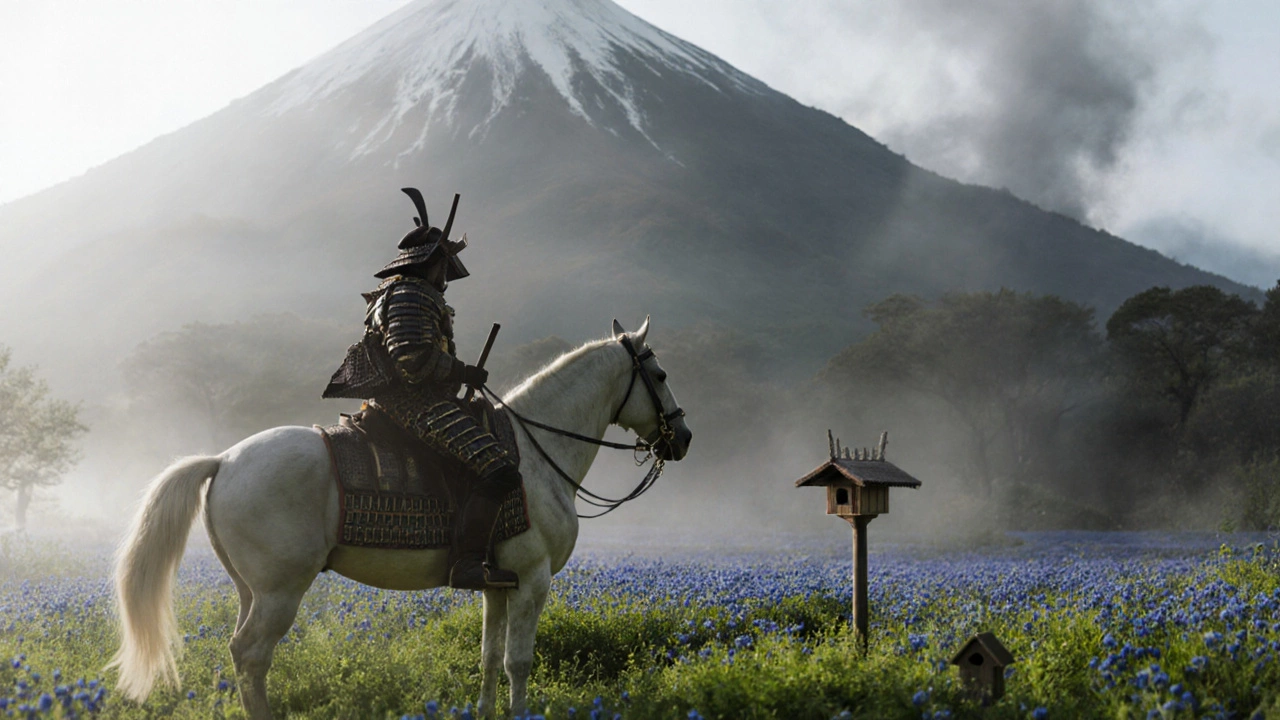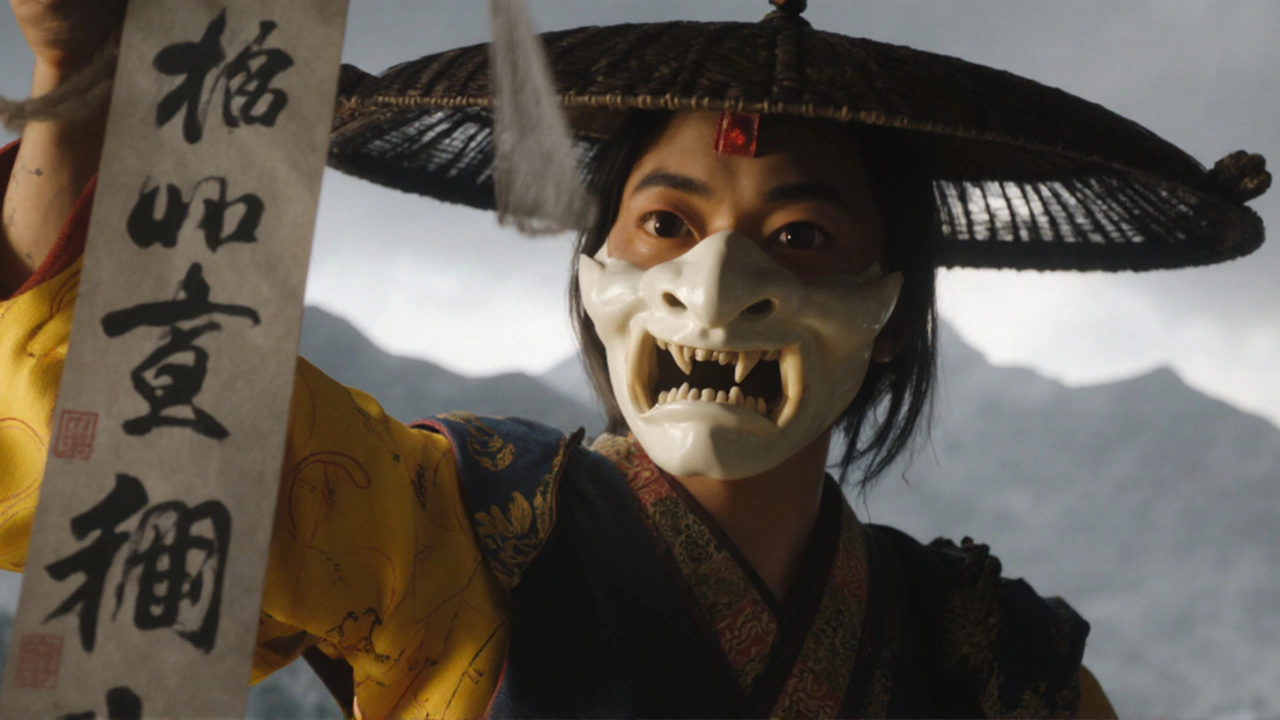
When I first booted up Ghost of Yōtei, the gray clouds that rolled across the horizon hit me like a warning shot. This isn’t a glossy sequel that leans on the sunny coastlines of its predecessor; it’s a full‑on storm that drags you into a bleak, rain‑slick world where every footstep feels weighty and every battle feels personal. The game positions itself as a love letter to classic samurai cinema, and it keeps that promise from the opening cutscene to the final duel.
Atmosphere and Visuals
The most immediate shift is the visual tone. Where Ghost of Tsushima painted its landscapes in golden sunrise, Yōtei drowns them in mist, wetlands, and a persistent drizzle that never quite lifts. This isn’t just a cosmetic change – the gloom seeps into the story, making Atsu’s fury feel justified in a world that seems to conspire against her. The design team nailed the details: puddles that reflect distant torches, rusted banners flapping in gusts, and a sky that feels like a living entity.
Beyond the mood, the technical polish is staggering. Characters move with a weight that matches the mud‑splattered environments, and the enemy deaths are choreographed like a stage play – blood spatter, sword arcs, and that satisfying clang when the blade returns to its sheath. Even though the game’s UI stays minimal, every pop‑up feels like a breath of wind, never pulling you out of the immersion.

Combat and Gameplay
If you’ve spent any time with Arkham’s gadget‑heavy fights or Sekiro’s precise parries, you’ll recognize the hybrid combat system here, but tuned for Atsu’s personal vendetta. The flow between dodges, counters, and brutal finishing moves feels smoother than ever, and each encounter can become a ballet of blood if you let it. The game rewards timing over button‑mashing – every successful parry opens a window for a lethal strike that feels earned.
New mechanics keep the loop fresh. While the builds menu still feels a bit rigid, you can specialize your playstyle in clever ways:
- Equip armor that extends the length of your assassination streak, allowing you to chain together kills without resetting.
- Unlock skills that let you hurl kunai at the tail end of a combo, turning a melee run into a ranged surprise.
- Deploy smoke bombs to vanish instantly, then re‑appear for an ambush or a quick escape.
- Mix all three for a full shinobi routine: drop a smoke screen, slice three foes, toss a kunai, and vanish before the next wave even knows what hit it.
Those moments – standing knee‑deep in mud, surrounded by fallen enemies, sword slick with blood – are the heart of the experience. They feel less like a grind and more like a cinematic set piece you control.
That said, the game isn’t without its flaws. The builds system, meant to let you customize Atsu, ends up feeling like a narrow path rather than an open field. You’ll find yourself looping back to similar gear combos, which can make longer play sessions feel repetitive. Some reviewers have called the whole package “big, beautiful gaming gruel,” meaning the visual feast sometimes masks a lack of deeper systems.
Still, most critics agree that Yōtei does more than meet the bar set by Tsushima; it raises it. The blend of atmospheric storytelling, a fierce heroine, and a combat system that feels both brutal and elegant makes it a standout in the crowded samurai genre. Whether you’re a fan of the original or a newcomer drawn by the moody aesthetic, Ghost of Yōtei offers a revenge saga that’s as meditative as it is adrenaline‑pumping.

Write a comment